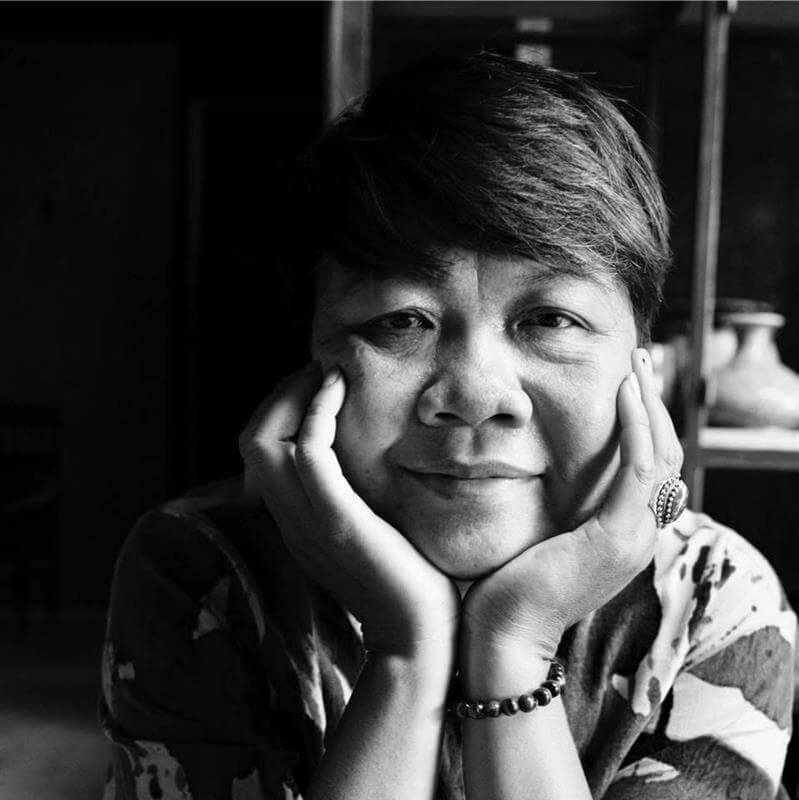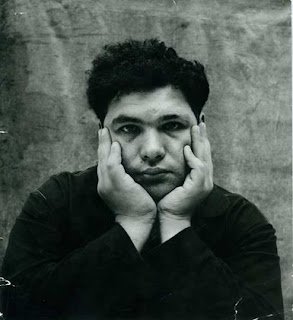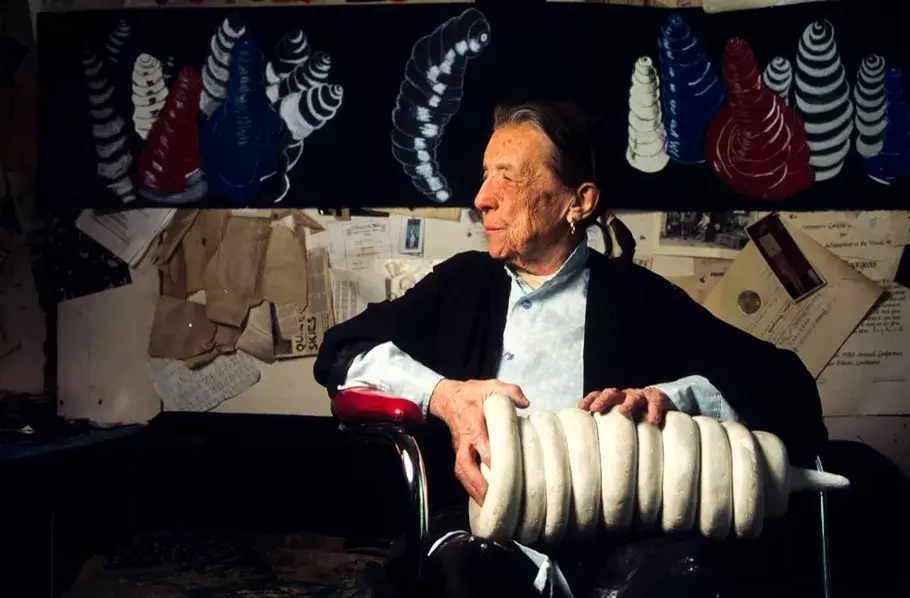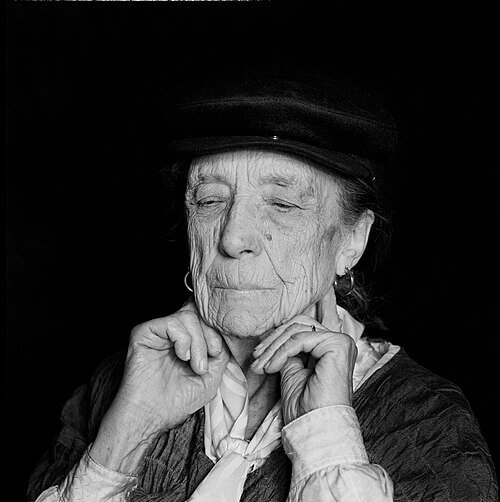The Origins of Roman Opalka’s Vision
Born on August 27, 1931, in Hocquincourt, France, to Polish parents, Roman Opalka returned to post-war Poland before studying lithography in Nowa Ruda and later graduating from the Academy of Fine Arts in Warsaw. Initially trained in classical and graphic techniques, Opalka spent his early career exploring lithography, medallic art, and geometric abstraction—elements that hinted at the conceptual direction he would later pursue.
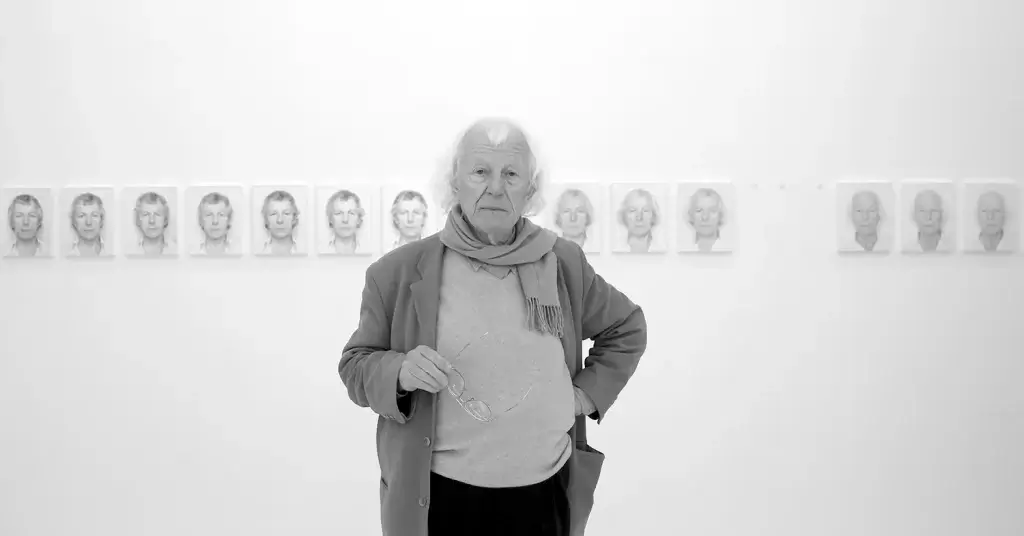
Between 1961 and 1963, he created a series called Chronomes, which consisted of tightly repeated points and lines. These meditative works marked the emergence of a question that would define his life’s work: is time simply a string of moments, or a continuous presence? Polish philosopher Bożena Kowalska noted that Opalka’s early experiments evoked “the infinite durations in human experience,” challenging the way time is typically represented by clocks and calendars.
Painting Time: The Birth of OPALKA 1965/1 To Infinity
In 1965, while waiting in a café, Opalka had a breakthrough idea: to paint time itself. That moment marked the inception of OPALKA 1965/1–∞, a lifelong endeavor where he meticulously painted one number after another, beginning with 1 and aiming toward infinity. Each painting—known as a “detail”—measured 196 × 135 cm, and the numbers flowed in a grid across the canvas without punctuation. He painted until his brush was dry, then resumed again, creating a continuous visual rhythm.
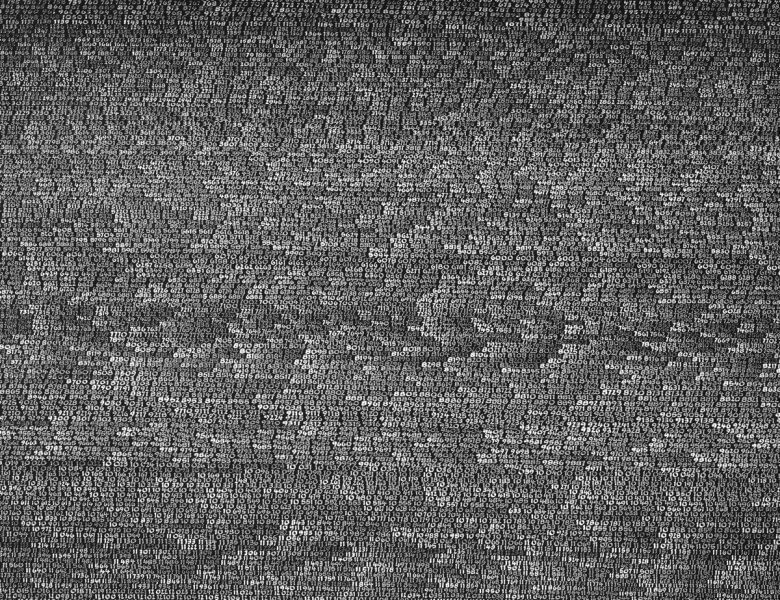
Each new canvas began with the number that ended the previous one, extending the sequence like a mathematical life-span. Over time, this process wasn’t just a visual act—it became a performance of presence and discipline. In 1972, he began gradually lightening the background by adding 1% more white pigment to each subsequent canvas.
This slow fade eventually led to white-on-white works, what Opalka called blanc mérité or “well-deserved white.” It was a symbolic culmination: a visual metaphor for disappearance, for fading into silence. At the time of his passing in 2011, Opalka had reached number 5,607,249 in his monumental counting project.
Time Wasted or Time Honored?
This fading progression into whiteness reflected more than aesthetic minimalism—it embodied mortality. As the numbers became harder to see, Opalka’s message became more urgent: the passing of time is both inevitable and irreversible. He once described his work as “a single thing, a single life… from number one to infinity,” a mantra that positioned his canvas as a personal calendar, measuring existence in numeric increments.
This fading progression into whiteness reflected more than aesthetic minimalism—it embodied mortality. As the numbers became harder to see, Opalka’s message became more urgent: the passing of time is both inevitable and irreversible. He once described his work as “a single thing, a single life… from number one to infinity,” a mantra that positioned his canvas as a personal calendar, measuring existence in numeric increments.
Making Time Tangible: Photos and Voice Recordings
What made Opalka’s work especially haunting were the personal rituals tied to it. From 1968 onward, he took a passport-style self-portrait in front of each completed painting—always in the same lighting, pose, and expression. These portraits, along with the canvases, showed the physical passage of time through his own aging body. He also recorded himself speaking every number aloud in Polish as he painted them, creating a living audio archive. The consistency of these acts—daily, methodical, quietly obsessive—reinforced the emotional weight of his conceptualism.
Each new canvas began with the number that ended the previous one, extending the sequence like a mathematical life-span. Over time, this process wasn’t just a visual act—it became a performance of presence and discipline. In 1972, he began gradually lightening the background by adding 1% more white pigment to each subsequent canvas.
Philosophy of Time and Human Existence
This fading progression into whiteness reflected more than aesthetic minimalism—it embodied mortality. As the numbers became harder to see, Opalka’s message became more urgent: the passing of time is both inevitable and irreversible. He once described his work as “a single thing, a single life… from number one to infinity,” a mantra that positioned his canvas as a personal calendar, measuring existence in numeric increments.
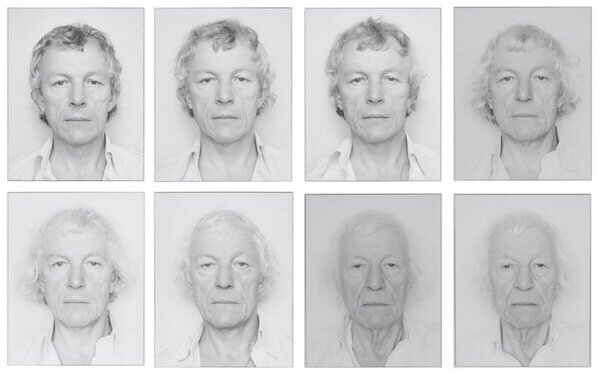
Opalka’s practice was guided by a belief that human life is defined by disappearance. Through painting, he sought to give form to the slow unraveling we all experience. He once reflected that time, as we live it, draws us ever closer to absence. Each number he painted became a mark of that journey—an affirmation of being, and a prelude to not-being.
In his work, time is not romanticized or abstracted. It is visible. It moves with us. It fades as we fade. He offered an alternative to the mechanical tick of the clock: a visual, meditative embodiment of time through labor, repetition, and slow vanishing.
Making Time Tangible: Photos and Voice Recordings
What made Opalka’s work especially haunting were the personal rituals tied to it. From 1968 onward, he took a passport-style self-portrait in front of each completed painting—always in the same lighting, pose, and expression. These portraits, along with the canvases, showed the physical passage of time through his own aging body. He also recorded himself speaking every number aloud in Polish as he painted them, creating a living audio archive. The consistency of these acts—daily, methodical, quietly obsessive—reinforced the emotional weight of his conceptualism.
Even moments of personal loss were folded into his process. Following his father’s death, he still completed his self-portrait, maintaining the ritual despite grief. These actions proved that his art was not only a practice but a form of disciplined endurance.
Conceptual Rigor and Artistic Context
Opalka’s project sits firmly within the lineage of conceptual and process-based art. Alongside artists like On Kawara, Daniel Buren, and Hanne Darboven, he transformed time from an invisible force into a visible, measurable act. Yet what distinguished Opalka was the sincerity and personal cost embedded in his method. Each painting was not just a document of time but a witness to it—a canvas layered with quiet urgency, slow decay, and unflinching continuity.
As art historian Marco Pierini observed, the work is “perfect in its unfinishedness.” The subtle differences between brush pressure, spacing, and shade imbue the series with poetry and fragility. Though grounded in precision, Opalka’s visual language speaks equally to emotion and mortality.
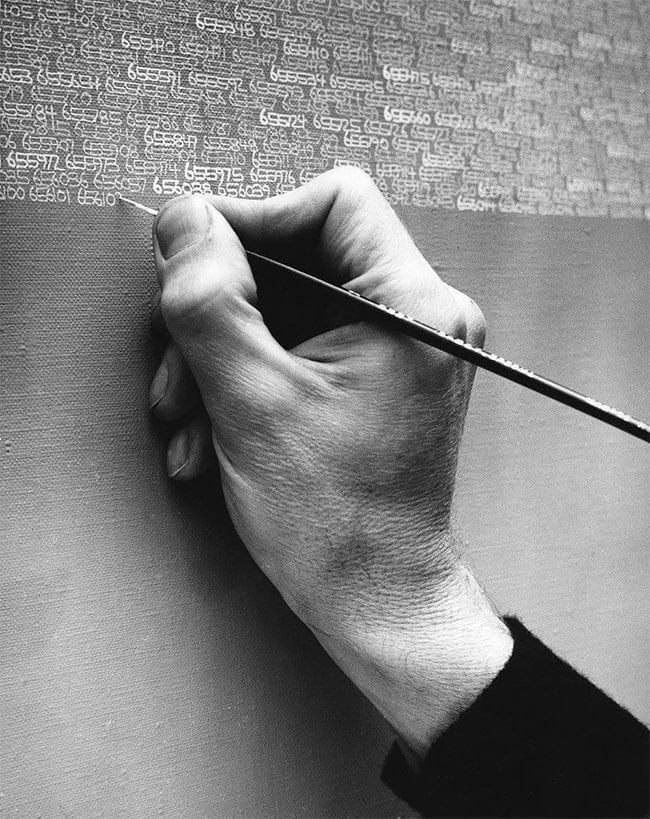
Recognition, Exhibitions, and Institutional Presence
Despite its restraint, Opalka’s art gained widespread recognition. He was awarded the France National Painting Prize (1991), the Goslarer Kaiserring in Germany (1993), and was named Commander of the Ordre des Arts et des Lettres (2009). His works are held in collections at the Centre Pompidou, MoMA, and Tate, and were featured in numerous major exhibitions, including Documenta, the Venice Biennale, and the São Paulo Biennial.
Although some of his “details” were later sold at auction, the value of his work never lay in scarcity or spectacle—it lay in constancy. The commitment itself became the art.
Roman Opalka’s Legacy in Contemporary Art
Opalka’s legacy endures in performance and time-based art. Artists working with duration, algorithms, and data visualization often echo his deep engagement with time and mortality. In a fast-paced digital world, his quiet, methodical counting feels revolutionary—a gesture of resistance, attention, and presence.
His work bridges conceptual rigor and emotional resonance, serving as both record and ritual. Through his canvases and voice recordings, Opalka didn’t just track time—he embodied it. He painted his life. And in doing so, he painted time.
Roman Opalka’s lifelong project was a profound meditation on time, endurance, and being. Through decades of counting, documenting, and fading into white, he transformed abstract chronology into lived experience. His art stands as both record and ritual—a minimalist system laced with deep emotion and human truth.



